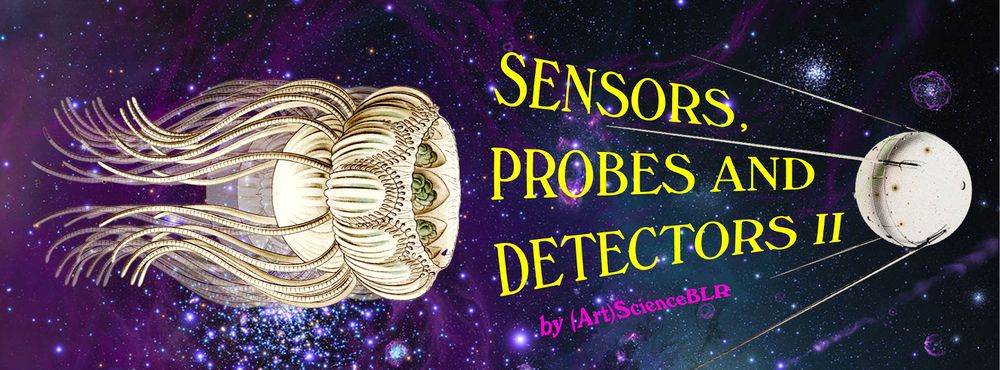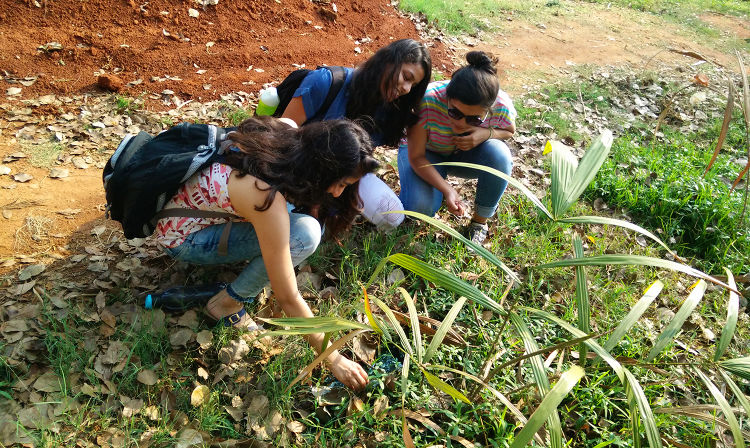Sensors Probes and Detectors II
Contents
Introduction
In the context of art, sensors are important because they form a bridge between the natural world and the digital. From a design perspective, they are vital to creating interactive objects. Sensors, probes and detectors II is the next level of Sensors, Probes and Detectors.
6 March 2017 -
Participants
These are the participants during the 6 week class. Click on their names to find out their reflections on their experience of the course.
Shriya Rathi
Meera Sanghani
Payal Tanksale
Sushil Sylvester
Akshay Tiwari
Saurabh Kushwaha
Janvi Mehta
Vikrant Mishra
Rhea Banthia
Rajiv Kuruvilla
Projects
Chocolate Coating Bot
Touch-Me-Not Monster
Field Trips
Puttanahalli Lake
Beyond Electronics
We (human and non-human) all sense our environments, without the mediation of electronic instruments.
What if our sensors, probes, and detectors are alive?
We set out to explore on a more conceptually expanded scale, what it means to sense, probe, and detect our environments and the inhabitants within.
What is a Biosensor?
Some ideas on definitions:
« Something biological / living that responds to the environment »
- Scale
- Time to Response
- Signal
- Thresholds
- Calibration
- Location / Containment
- Specificity
- Sustainability / Safety /
Sensing, Probes, Detectors Some Examples
- Smog Tasting by The Center for Genomic Gastronomy - "Smog Tasting uses egg foams to harvest air pollution. Smog from different locations can be tasted and compared."
- Moist Sense by Lifepatch - "an installation that tries to present the health of plants from their supply of water"
- Camera Obscura et les artefacts de l'invisible by Vanessa Lorenzo - "By merging electronic media and citizen science, this research and interactive installation uses bio reporters as a tool to gain understanding of a microbe’s perception of the Anthropocene."
- Bio-Dis-Plays by Richard Lowen and collaborators from the 70s - "bio-electric sensing/transducing of the human body and other living systems, and art-science collaborations", and a 2011 interview by Data Garden, who also works with interspecies communication
- E. chromi by Alexandra Daisy Ginsberg & James King - a conceptual piece of using bacteria (synthetic biology) that are engineered so that for example, "indicate whether drinking water is safe by turning red if they sense a toxin".

